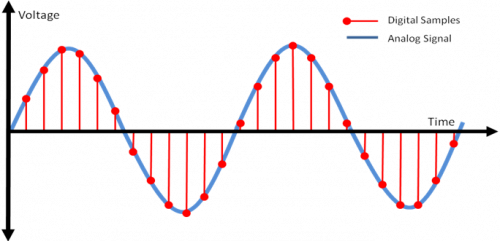Noise Shaping in MASH Delta-Sigma Converters
Thursday, July 2nd, 2009
Delta-sigma converters are important for digital-to-digital converters (DDC) and analog-to-digital converters (ADC), especially in audio applications. Either an analog input or a high-resolution digital input is converted to a low-resolution digital signal via pulse-density modulation.
This article details a special structure for delta-sigma converters: multi-stage noise shaping (MASH). This structure is free from the instability that plagues standard higher-order delta-sigma converters. It is shown that the quantization error transfer function is identical for both structures.
